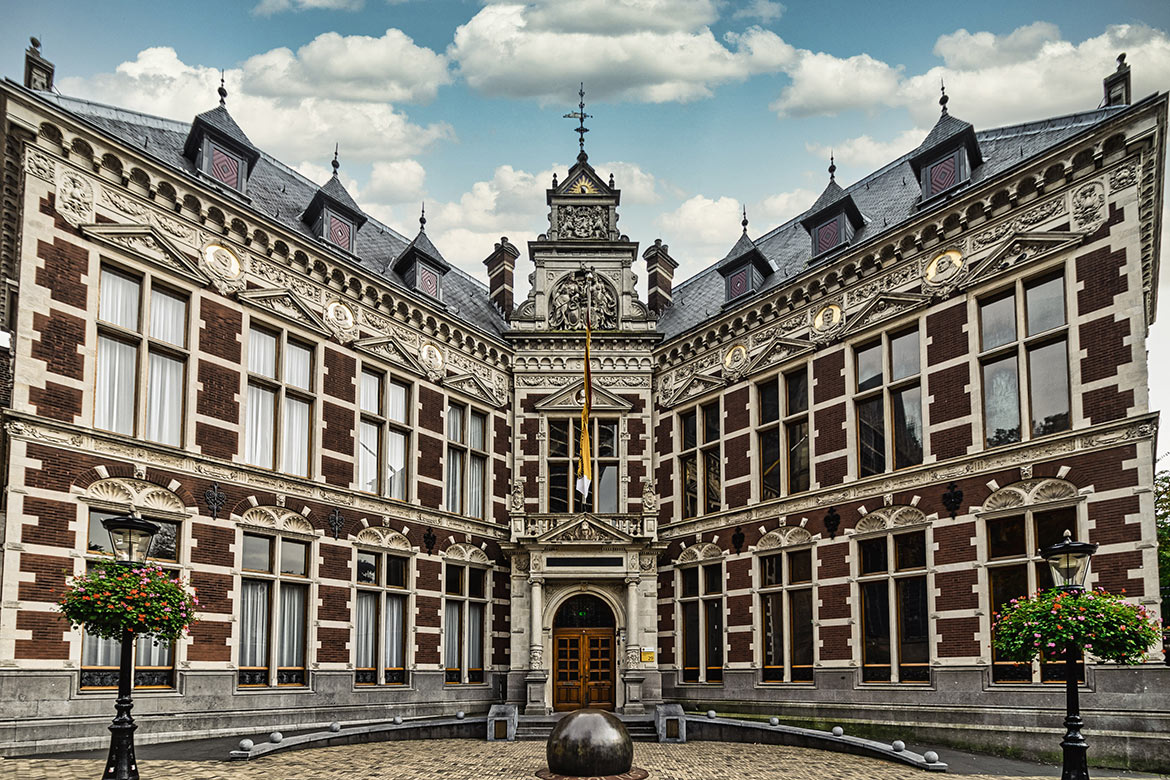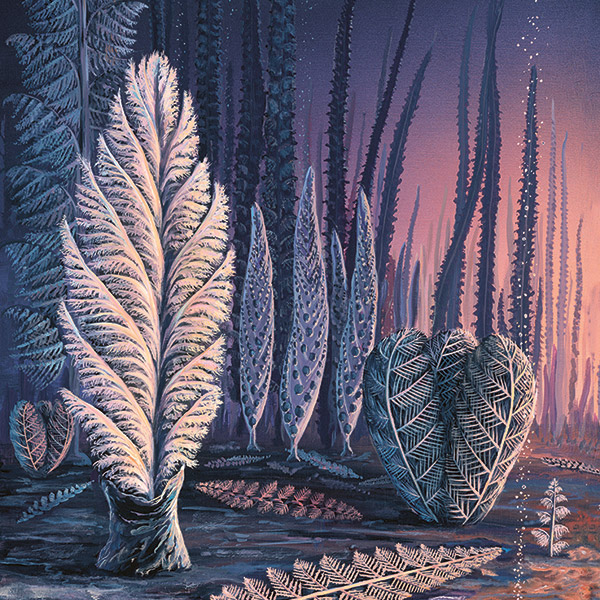Higher voltage, lower noise
The Swiss power transmission network is reaching the limits of its capacity. What’s really needed are more overhead power lines, but the general population is wary of them. Doctoral student Sören Hedtke is trying to optimise existing lines.

Underneath the rain simulator in the High Voltage Laboratory, Sören Hedtke prepares to make precise analyses of the behaviour of electrical power lines. | Image: Jurij Pachin, ETH High Voltage Lab
“I was pretty impressed when I entered our research lab for the first-ever time: it’s a space as big as a sports hall, with generators as tall as a 10-metre diving board and overhead power lines strung up between them. Working here is very different from bending down over an electrical circuit board. It looks very futuristic.
“Our project is also future-oriented. Here at the High Voltage Laboratory at ETH Zurich, we’re researching into one of our society’s core infrastructure projects: how to transport electricity across the country in years to come. That’s one of the big topics in the National Research Programme ‘Energy Turnaround’ (NRP 70), and it’s what I’m working on. I was never interested in science for its own sake.
“The problem that we want to solve is an obvious one. Switzerland’s electricity transmission grid is reaching its limits. There are already frequent bottlenecks. On the one hand, power consumption is increasing. Just imagine what would happen if absolutely everyone across the country switched to electric cars! On the other hand, electricity generation is becoming increasingly decentralised. Wind turbines, solar plants and hydroelectric power stations are distributed all over the country, and their electricity has to be brought into people’s homes with the least amount of power lost along the way.
“But it’s difficult to imagine being able to build a lot of new overhead lines, because the general population is very critical of them. That’s why we have to get more out of the existing lines. We already know of one possible technological solution: we could repurpose the existing high-voltage alternating current lines into hybrid routes so that they can also transport direct current at the same time. That would reduce conversion losses, it would be possible to achieve a higher effective voltage, and theoretically you could more than double capacity.
Dirt, water and scratches make for noisy power lines
“But the hybrid system also has its disadvantages, because the two systems can interact. That can lead to higher noise emissions and to more powerful electric and magnetic fields on the ground. It’s our task to minimise these side effects of electricity transmission – though we can’t absorb all the effects to the same degree. So you have to optimise. That’s an exciting task because it puts us at the intersection of many different disciplines – electrical engineering, physics, acoustics, materials sciences and statics.
“We carry out many of our experiments in the lab, where we can control the climate. When school pupils visit, they’re always amazed when we turn on our rain simulator and everything suddenly starts to crackle. Or when we give them special UV night-vision glasses and turn off the lights, so they can see the tiny bolts of lightning – so-called corona discharges. These are a result of the heightened electric field around the conductor and are caused by drops of water, dirt or even surface scratches. It’s what creates the typical crackling sounds.
“We can’t simulate everything in the lab. When it comes to special weather situations, or dirt effects caused by grasses and pollen flying through the air, then it’s better to do our investigations out in the field at our station in Däniken near Aarau. We’ve installed two 35-metre-long conductor bundles there, ten metres above the ground. It’s all very elaborate. The sensors naturally have to be extremely weather-resistant. Nor can we simply hook up a measuring device to a 400 kV line. That’s why we work a lot with radio sensors.
“Of course, in principle it’s all highly dangerous stuff, but we implement very strict safety precautions. All the hazardous areas are cordoned off. If there’s the smallest discrepancy, the system switches off immediately. When we have to work on the masts or the wires, we have cranes and lifting platforms to help us. No one has to do any climbing. And we’ve never had an accident. Even if you were to stand directly under the lines, at most you’d just feel a tingling at the back of your neck.
“But people living near the power lines naturally don’t even want to feel that. The population is sceptical about new technologies. That’s why we work a lot with social scientists in NRP 70. They are researching into the societal acceptance of what we’re doing. We may be engineers, but we know that good communication is very, very important”.

Sören Hedtke observes discharges from high-voltage lines using an ultraviolet residual light intensifier. | Image: Jurij Pachin, ETH High Voltage Lab
Recorded by Christian Weber.




